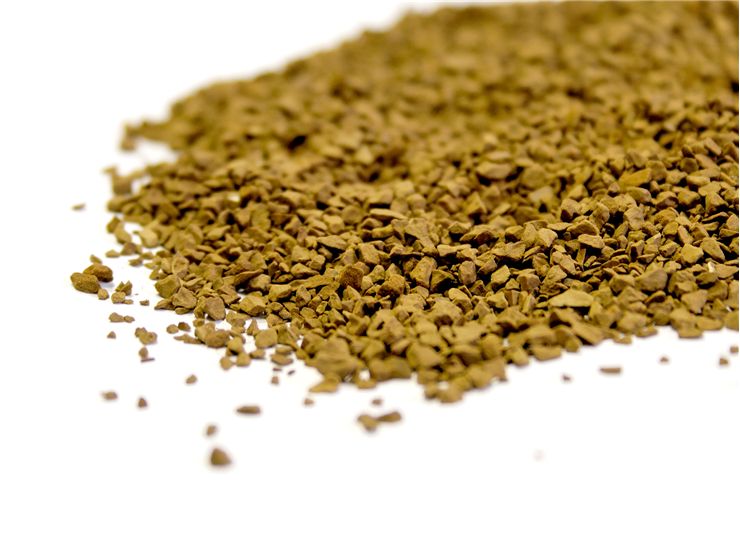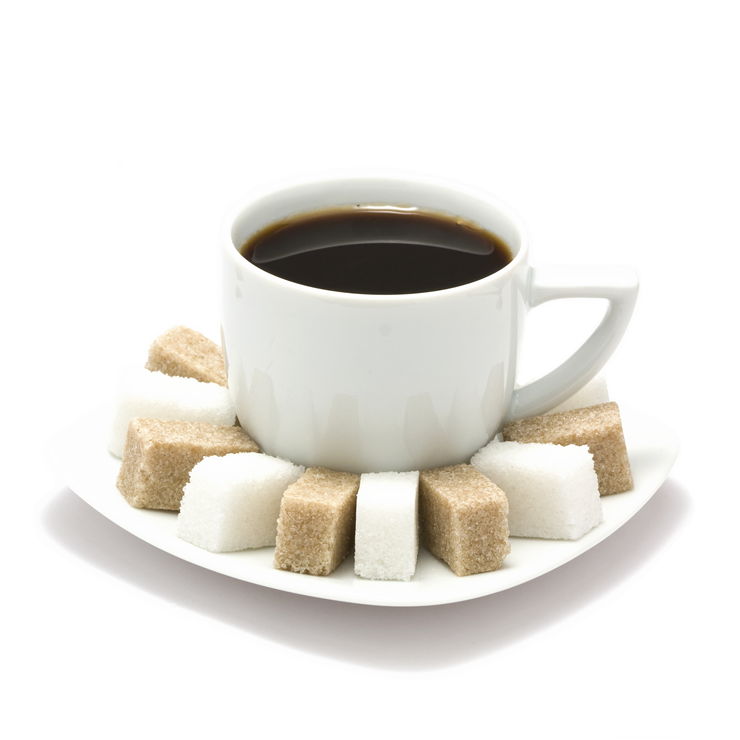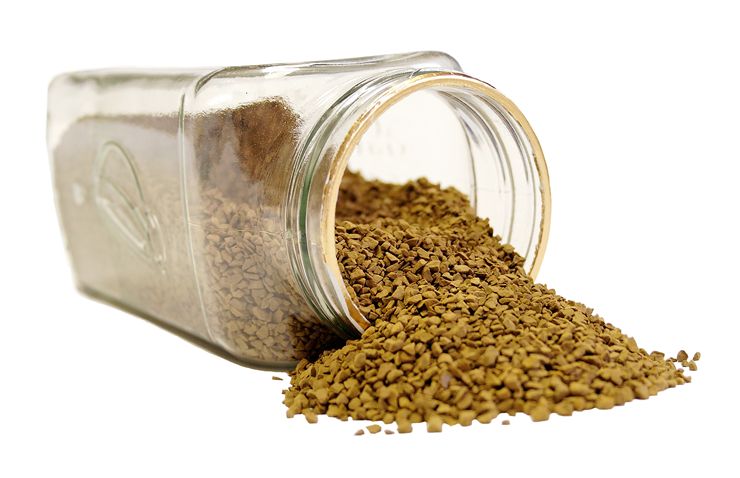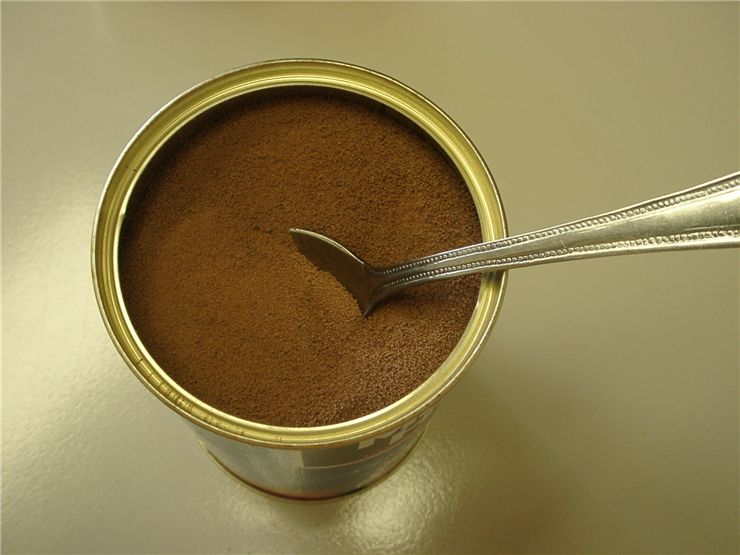Origin and History of Instant Coffee
Instant coffee , also known as soluble coffee and coffee powder, is a drink derived from brewed coffee beans. It is manufactured by either freeze-drying or spray drying methods, after which rehydrated before use. These methods are applied because that way you get coffee that is prepared faster, has lower shipping weight and volume than beans or ground coffee for the same amount of prepared drink and longer shelf life if kept dry.
The first “instant coffee” is made in Britain in 1771. It was called a “coffee compound” and had a patent granted by the British government. The first American instant coffee was created in 1851. It was used during the Civil War and experimental “cakes” of instant coffee were shared in rations to soldiers. David Strang of Invercargill, New Zealand invented and patented instant or soluble coffee in 1890. For its manufacturing it used something called "Dry Hot-Air" process. The first successful method of creating a stable soluble coffee powder was invented by Japanese-American chemist Satori Kato of Chicago in 1901. It was patented in 1903. George Constant Louis Washington, American inventor of Beglian descent developed his own instant coffee process after Kato and made a first commercial brand of it in 1910. During the First World War, instant coffee becomes very popular because U.S. military buys all available supplies and shares it in soldier’s rations. In 1930 Brazil has large coffee surpluses which spoil after a longer time so the Brazilian Coffee Institute asks the chairman of the Nestles company to create a flavorful soluble coffee product which will help with the storage problem and also possibly increase overall coffee sales. Methods invented by that moment had their flavors considered inferior and didn’t dissolve very well. Nestle agrees and begins several years of research into the problem. Breakthrough comes in 1937 when Nestle scientist Max Morgenthaler invents a new instant coffee making method. The new product is named Nescafe. In 1938 the begun selling it and because process involves drying equal amounts of coffee extract and soluble carbohydrates, it makes a better tasting instant coffee which quickly becomes very popular. In the times of the Second World War, instant coffee is again very popular among the soldiers. In 1954 Nescafe develops a method to produce instant coffee using only coffee, without added carbohydrates for stabilization like before. An instant coffee that looks better is invented in 1960s. It uses method called agglomeration, which is done by steaming the instant coffee particles which make them to stick together in clumps. Only problem is that another heating further worsens the coffee’s flavor. New method called freeze-drying becomes the preferred method of making instant coffee because it generally results in a higher-quality product with better taste. In 1986 Nestle introduces a decaffeinated instant coffee.
To be made into instant coffee, green coffee bean itself is first roasted which brings out flavor and aroma. Beans are then ground finely and dissolved in water. Solution is then dried by one of two methods: freeze drying, which is the removal of water by sublimation; or spray drying. Before use powder or clumps are dissolved in hot water.




